Home>Articles>How Long Should A Beer Line Be For A Kegerator
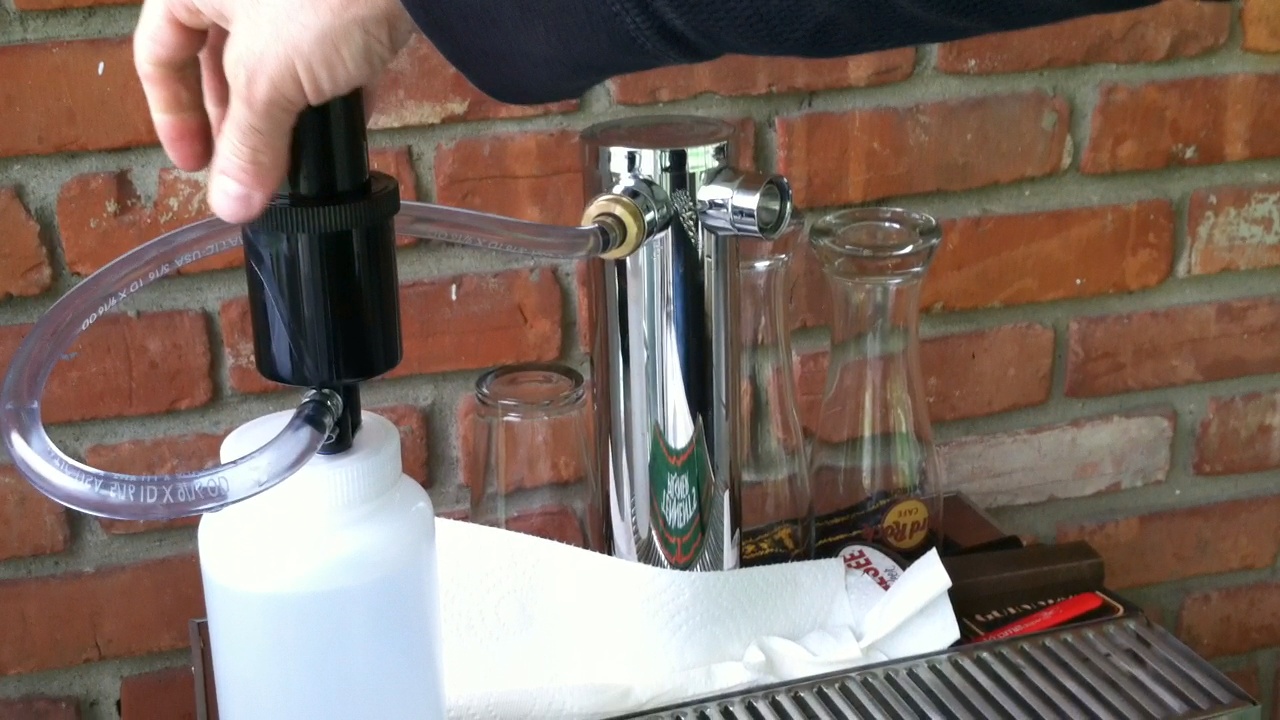

Articles
How Long Should A Beer Line Be For A Kegerator
Modified: January 6, 2024
Discover the ideal beer line length for your kegerator with our informative articles. Ensure the perfect pour every time with our expert tips and recommendations.
(Many of the links in this article redirect to a specific reviewed product. Your purchase of these products through affiliate links helps to generate commission for Storables.com, at no extra cost. Learn more)
Introduction
When it comes to pouring a frothy pint from your kegerator, the length of the beer line can make all the difference. The beer line length plays a crucial role in maintaining the perfect pour while preserving the flavor and carbonation of your beer. With the right beer line length, you can ensure that each pour is smooth, foam-free, and enjoyable.
In this article, we will explore the factors that affect beer line length, the benefits of using the ideal length, common mistakes to avoid, and how to troubleshoot any issues that may arise. So, whether you’re a homebrew enthusiast or a bar owner looking to optimize your draft system, read on to discover the key considerations when determining the optimal beer line length for your kegerator.
Key Takeaways:
- The length of the beer line in your kegerator is crucial for maintaining the perfect pour, preserving carbonation, and enhancing the overall drinking experience. Factors such as temperature, carbonation level, and beer type all play a role in determining the ideal beer line length.
- Understanding and adjusting the beer line length, while avoiding common mistakes, can help you achieve the optimal pour and troubleshoot any issues that may arise. With careful attention to detail and regular maintenance, you can ensure a consistently excellent pouring experience from your kegerator.
Read more: How Long Should Gas Line Be For Kegerator
Understanding Beer Line Length
Beer line length refers to the distance between the keg and the faucet through which the beer is dispensed. It is a critical factor in ensuring that the beer is poured with the right amount of pressure and carbonation, resulting in a perfect pint.
The length of the beer line directly impacts the resistance that the beer faces as it travels from the keg to the faucet. Too short of a beer line can result in a high flow rate, causing excessive foaming and a loss of carbonation. On the other hand, a beer line that is too long can lead to slow pours and a flat-tasting beer due to insufficient pressure.
It is important to strike a balance between the beer line length and the desired pressure at which the beer should be dispensed. The optimal beer line length will vary depending on factors such as temperature, carbonation level, and the type of beer being served.
Typically, longer beer lines are required when serving beers that have higher carbonation levels or when the kegerator is operating at colder temperatures. This is because higher pressure is needed to push the carbonated beer through the longer length of tubing. Conversely, shorter beer lines are suitable for beers with lower carbonation levels or when the kegerator is operating at warmer temperatures.
Now that we have a basic understanding of beer line length, let’s explore the various factors that can affect the optimal length to ensure a perfect pour every time.
Factors Affecting Beer Line Length
Several factors come into play when determining the ideal beer line length for your kegerator. These factors can impact the flow rate, carbonation, and overall quality of the beer being dispensed. Understanding these factors is crucial for achieving the perfect pour. Let’s take a closer look at some of the key considerations:
1. Temperature: The temperature at which the kegerator is operating can greatly impact the beer line length. Colder temperatures can slow down the flow of beer, requiring a longer beer line to maintain the desired pressure. Conversely, warmer temperatures can cause the beer to pour too quickly, necessitating a shorter beer line to increase resistance.
2. Carbonation level: Beers with higher carbonation levels require more pressure to dispense properly. If you’re serving highly carbonated beers like a Belgian-style ale or a Hefeweizen, a longer beer line may be needed to balance the pressure and prevent excessive foaming.
3. Type of beer: Different types of beer have varying levels of carbonation, which can impact the optimal beer line length. For example, lagers typically have lower carbonation and may require a shorter beer line, while IPAs or stouts with higher carbonation may require a longer beer line.
4. Pressure system: The type of pressure system used in your kegerator, such as a CO2 or nitrogen system, can also affect the optimal beer line length. Each system has its own requirements for maintaining the desired pressure and carbonation levels, which may impact the length of the beer line needed.
5. Faucet style: The design and style of the faucet can contribute to the overall resistance and flow rate of the beer. Different types of faucets, such as standard faucets, flow control faucets, or forward-sealing faucets, may require adjustments in the beer line length to ensure optimal pouring.
6. Elevation changes: If your kegerator setup involves any significant elevation changes, such as a bar on a different floor or multiple levels, this can affect the pressure and flow rate of the beer. Longer beer lines may be necessary to compensate for these changes and maintain the desired pressure.
It is important to keep these factors in mind when determining the optimal beer line length for your kegerator. By considering the temperature, carbonation level, beer type, pressure system, faucet style, and any elevation changes, you can ensure a consistently perfect pour with every glass of beer you serve.
Ideal Beer Line Length
Now that we understand the factors that can affect beer line length, let’s delve into the ideal length that will help you achieve the perfect pour and maintain the quality of your beer.
The ideal beer line length is a balance between ensuring the proper flow rate and maintaining the desired carbonation level of the beer. While there is no one-size-fits-all answer, there are some general guidelines to consider:
1. Short beer lines: If you are serving a beer with lower carbonation levels or if your kegerator operates at warmer temperatures, a shorter beer line may be appropriate. Shorter lines have less resistance and allow the beer to flow more quickly, preventing excessive foaming and ensuring a proper pour. As a general rule, a beer line length between 2-6 feet may be suitable for these situations.
2. Medium beer lines: For most standard kegerator setups, a medium-length beer line is often recommended. This range typically falls between 6-10 feet. Medium-length lines provide a good balance between resistance and flow rate, allowing for a controlled pour with minimal foaming while preserving the carbonation levels in the beer.
3. Long beer lines: Beers with higher carbonation levels, colder temperature settings, or setups that require significant elevation changes may require longer beer lines. The extra length adds more resistance, slowing down the flow rate and preventing excessive foaming. Longer beer lines can range from 10-15 feet or even longer, depending on the specific requirements of your setup.
It’s important to note that these are general guidelines, and the ideal beer line length may vary depending on the specific factors and setup of your kegerator. It’s recommended to start with a medium-length beer line and make adjustments as needed based on the pour quality and taste of the beer. Experimentation and fine-tuning may be necessary to find the perfect balance for your specific setup.
Additionally, it’s essential to ensure that the beer line is properly insulated to maintain the desired temperature and prevent heat transfer. Insulating the line with foam or tubing can help prevent the beer from warming up and losing carbonation during dispensing.
By finding the ideal beer line length for your kegerator, you can maintain the perfect pour, preserve the flavor and carbonation of your beer, and ensure a great drinking experience for yourself and your guests.
Benefits of Proper Beer Line Length
Using the proper beer line length in your kegerator setup offers several benefits that contribute to the overall quality and enjoyment of your beer. Let’s explore some of the key advantages:
1. Maintains carbonation: The ideal beer line length helps preserve the carbonation levels in your beer. Too short of a line can lead to excessive foaming and a loss of carbonation, resulting in a flat-tasting beer. Conversely, a properly sized beer line provides the right amount of resistance, allowing the beer to flow smoothly without losing carbonation along the way.
2. Prevents excessive foaming: One of the most frustrating experiences for beer enthusiasts is dealing with excessive foam while pouring. A proper beer line length helps control the flow rate, minimizing turbulence and agitation within the line. This reduces the likelihood of foaming, resulting in a clean and efficient pour.
3. Enhances flavor and aroma: When beer is dispensed with the correct pressure and carbonation levels, it helps release the full range of flavors and aromas that the brewer intended. A properly sized beer line ensures that the beer is poured smoothly and at the optimal conditions, allowing you to fully enjoy the nuances and characteristics of your favorite brew.
4. Optimizes pour control: Using the right beer line length provides greater control over the pouring process. With a balanced flow rate, you can achieve the perfect amount of head on your beer, whether it’s a frothy head for a Belgian-style ale or a thin layer for a crisp lager. This level of control enhances the overall visual appeal of the beer and adds to the drinking experience.
5. Reduces waste: When the beer line length is not properly adjusted, excessive foaming can lead to wasted beer. Foaming not only affects the taste and presentation of the beer but also results in lost volume. By having the correct beer line length, you can minimize wastage and get the most out of each keg, ultimately saving money in the long run.
6. Consistency and reliability: With the optimal beer line length in place, you can expect consistent and reliable pours every time. No more guessing about the right pressure or dealing with inconsistent foaming issues. A properly set up system ensures that each pour is of consistent quality, allowing you to serve your beer with confidence.
By understanding and implementing the appropriate beer line length, you can enjoy the full flavor, aroma, and presentation of your beer while minimizing wastage and ensuring a satisfying pour every time.
The ideal length for a beer line in a kegerator is around 5-8 feet. This length helps maintain proper carbonation and prevents excessive foam when pouring. Adjust the length based on your specific setup and beer type.
Read more: How To Change Beer Lines In Kegerator
Common Mistakes with Beer Line Length
While understanding and implementing the proper beer line length is crucial, there are common mistakes that can occur during the setup and maintenance of a kegerator. Being aware of these mistakes can help you avoid potential issues and ensure the best possible pour. Let’s take a look at some common mistakes to watch out for:
1. Using an incorrect length: One of the most common mistakes is using an incorrect beer line length. Using a line that is too short or too long can lead to issues such as excessive foam or flat-tasting beer. It’s important to take into account factors such as carbonation levels, temperature, and pressure when determining the appropriate beer line length for your specific setup.
2. Neglecting insulation: Proper insulation of the beer line is often overlooked but is essential for maintaining the desired temperature and preventing heat transfer. Without proper insulation, the beer can warm up as it travels through the line, resulting in a loss of carbonation and a less enjoyable drinking experience. Be sure to insulate your beer lines with foam or tubing to prevent heat transfer.
3. Incorrect pressure settings: Another common mistake is not adjusting the pressure settings according to the beer style and carbonation level. Different beers require different pressure levels to maintain the desired carbonation and pour quality. Failing to adjust the pressure settings can lead to overcarbonation, excessive foaming, or flat-tasting beer.
4. Using the wrong diameter of beer line: The diameter of the beer line can also impact the pour quality. Using a line with too narrow or too wide diameter can affect the flow rate and result in issues such as excessive foam or slow pours. It’s important to ensure that the diameter of the beer line matches the specific requirements of your kegerator setup.
5. Inadequate cleaning and maintenance: Neglecting regular cleaning and maintenance of the beer lines can lead to buildup of bacteria, yeast, and other contaminants. This buildup can affect the taste and quality of the beer and lead to off-flavors. It’s crucial to establish a regular cleaning routine to keep the beer lines clean and free of any contaminants.
6. Not considering elevation changes: If your kegerator setup involves significant elevation changes, such as a bar on a different level or multiple floors, it’s essential to account for these changes in beer line length. Failure to do so can result in inconsistent pressure and pour quality. Longer beer lines may be required to compensate for these changes and maintain a proper pour.
Avoiding these common mistakes will help ensure that your kegerator operates at its best, delivering the perfect pour every time. By understanding the importance of beer line length and paying attention to other critical factors, you can enjoy a consistently excellent drinking experience with your draft beer.
Adjusting Beer Line Length
Adjusting the beer line length is often necessary to achieve the optimal pour and maintain the quality of your beer. Whether you’re dealing with excessive foaming, slow pours, or flat-tasting beer, making adjustments to the beer line length can help rectify these issues. Here are some steps to guide you in adjusting the beer line length:
1. Evaluate any existing issues: Before making any adjustments, it’s important to identify and evaluate the specific issues you’re experiencing with your pour. Are you dealing with excessive foam? Is the beer pouring too slowly? Is the carbonation level off? Understanding the problem will help you determine the necessary adjustments.
2. Consider the type of beer and carbonation level: Take into account the type of beer you’re serving and its carbonation level. Use the recommended carbonation levels for the beer style as a starting point. Beers with higher carbonation levels typically require longer beer lines to balance the pressure and prevent excessive foam.
3. Measure the existing beer line length: Measure the current length of your beer line to establish a baseline. Use a measuring tape or ruler to accurately determine the length from the keg to the faucet. This will help you track your adjustments and make future changes if necessary.
4. Make incremental adjustments: Based on the issues you identified and the type of beer you’re serving, make incremental adjustments to the beer line length. If you’re dealing with excessive foam, try increasing the length of the beer line, starting with small increments (e.g., 1-2 feet) and testing the pour after each adjustment. If the beer is pouring too slowly or is lacking carbonation, try shortening the beer line in small increments.
5. Test and observe: After each adjustment, test the pour by dispensing a sample. Observe the flow rate, foam, and overall quality of the pour. Note any changes in taste, carbonation, or visual appearance. This step may require some trial and error until you find the right beer line length that produces the desired pour.
6. Keep track of adjustments: As you make adjustments to the beer line length, keep a record of the changes you’ve made and the results. This documentation will help you track your progress and serve as a reference for future adjustments or troubleshooting.
7. Fine-tune as needed: Adjusting the beer line length is not a one-time fix. Factors such as temperature changes, different beer styles, or variations in carbonation levels may require further adjustments down the line. Regularly evaluate the pour quality and make necessary fine-tuning adjustments to maintain optimal results.
Remember that finding the perfect beer line length can be a process of experimentation and refinement. It may take some time and patience to achieve the optimal pour consistently. Be diligent in monitoring the pour quality and make adjustments as needed to ensure an enjoyable drinking experience for yourself and your guests.
Troubleshooting Beer Line Length Issues
Despite careful adjustment and measurement, you may still encounter issues with your beer line length that affect the quality of your pour. Troubleshooting these issues can help you identify the root cause and make the necessary adjustments to achieve the perfect pour. Here are some common beer line length issues and their possible solutions:
1. Excessive foam: If you’re experiencing excessive foam during the pour, it may indicate that the beer line is too short or that the pressure is too high. Consider increasing the length of the beer line or reducing the pressure to achieve a smoother pour with less foaming. Additionally, ensuring a clean and properly maintained beer line can contribute to reducing foaming issues.
2. Slow pours: If the beer is pouring too slowly, it may indicate that the beer line is too long or that the pressure is too low. Try shortening the beer line or increasing the pressure to improve the flow rate. However, be cautious not to overcompensate, as this can lead to excessive foam.
3. Flat-tasting beer: If the beer lacks carbonation and tastes flat, it is possible that the beer line is too long or the pressure is too low. Carbonation can dissipate if the beer takes too long to travel through the line. Consider shortening the beer line or increasing the pressure to maintain the desired carbonation levels.
4. Inconsistent pour: If the pour quality varies from glass to glass, it may indicate issues with temperature or pressure fluctuations. Check for any temperature inconsistencies within your kegerator or adjust the pressure settings to ensure stability throughout the pouring process.
5. Off-flavors: If the beer has off-flavors or an unpleasant taste, it may be due to improperly cleaned or contaminated beer lines. Regularly clean and sanitize your beer lines to eliminate any build-up of bacteria, yeast, or residue that can affect the quality and taste of your beer.
6. Maintenance issues: Ensure that your beer lines are properly insulated to prevent heat transfer. Heat transfer can cause the beer to warm up, leading to a loss of carbonation and off-flavors. Insulate your lines with foam or tubing to maintain the desired temperature.
7. Troubleshooting with a professional: If you’ve exhausted all possible adjustments and still encounter persistent issues with your beer line length, it may be beneficial to consult a professional for a comprehensive assessment of your kegerator system. They can help identify any underlying issues and provide expert guidance and solutions.
Remember to keep track of any adjustments made and the corresponding results to aid in troubleshooting efforts. Regular maintenance, cleaning, and monitoring of your kegerator system will help ensure consistent pour quality and a delightful drinking experience.
By understanding these troubleshooting strategies, you can address beer line length issues effectively and make the necessary adjustments to achieve the perfect pour every time.
Conclusion
The length of the beer line plays a crucial role in maintaining the perfect pour and preserving the quality of your beer. By understanding the factors that affect beer line length and making the necessary adjustments, you can enjoy a consistently excellent pouring experience from your kegerator.
Consider factors such as temperature, carbonation level, beer type, pressure system, faucet style, and elevation changes when determining the ideal beer line length. Finding the right balance will help maintain carbonation, prevent excessive foaming, enhance flavor and aroma, and optimize pour control.
Be aware of common mistakes such as using an incorrect length, neglecting insulation, incorrect pressure settings, using the wrong diameter of beer line, inadequate cleaning, and failing to consider elevation changes. Avoid these mistakes to ensure a smooth and enjoyable pouring experience.
When adjusting the beer line length, evaluate any existing issues, consider the type of beer and carbonation level, measure the existing line length, make incremental adjustments, test and observe the results, keep track of adjustments, and fine-tune as needed. Regularly monitor the pour quality and be prepared to make adjustments as necessary to maintain optimal results.
In the event of beer line length issues, troubleshoot by examining foam levels, pour speed, carbonation levels, taste inconsistencies, and maintenance issues. If necessary, consult with a professional for expert guidance and solutions to persistent issues.
Remember, achieving the perfect pour may require some trial and error, but with careful attention to detail and regular maintenance, you can ensure a delightful drinking experience every time you pour a glass of your favorite beer from your kegerator.
Frequently Asked Questions about How Long Should A Beer Line Be For A Kegerator
Was this page helpful?
At Storables.com, we guarantee accurate and reliable information. Our content, validated by Expert Board Contributors, is crafted following stringent Editorial Policies. We're committed to providing you with well-researched, expert-backed insights for all your informational needs.
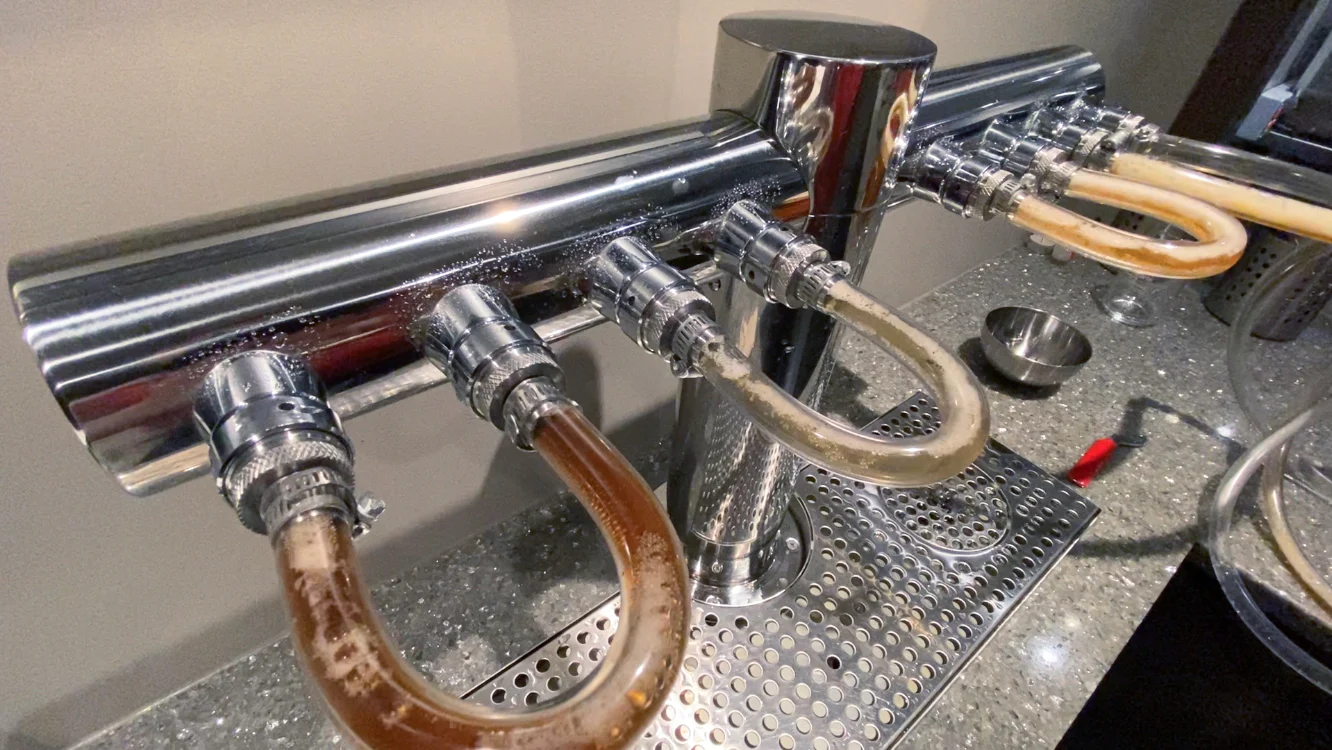
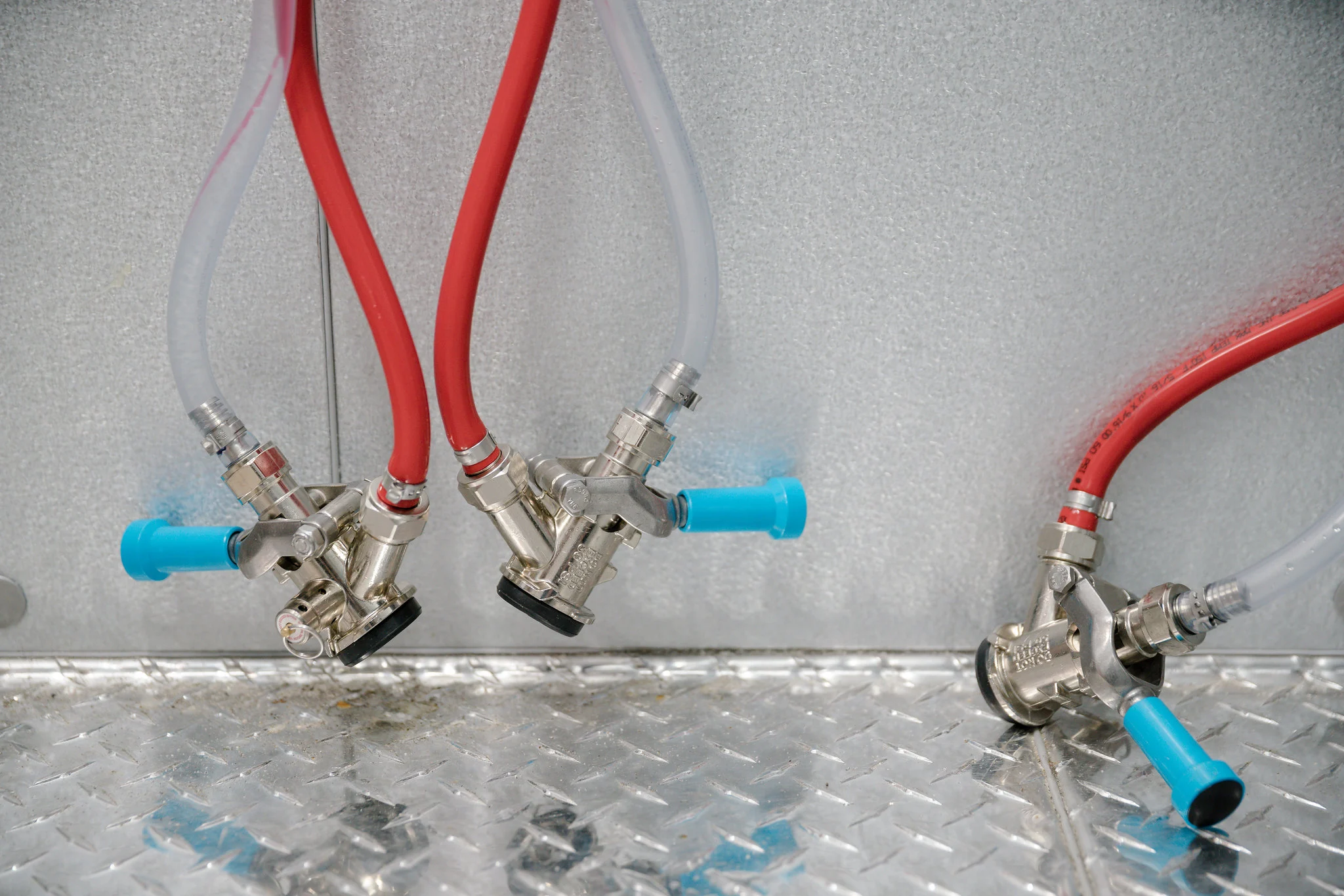
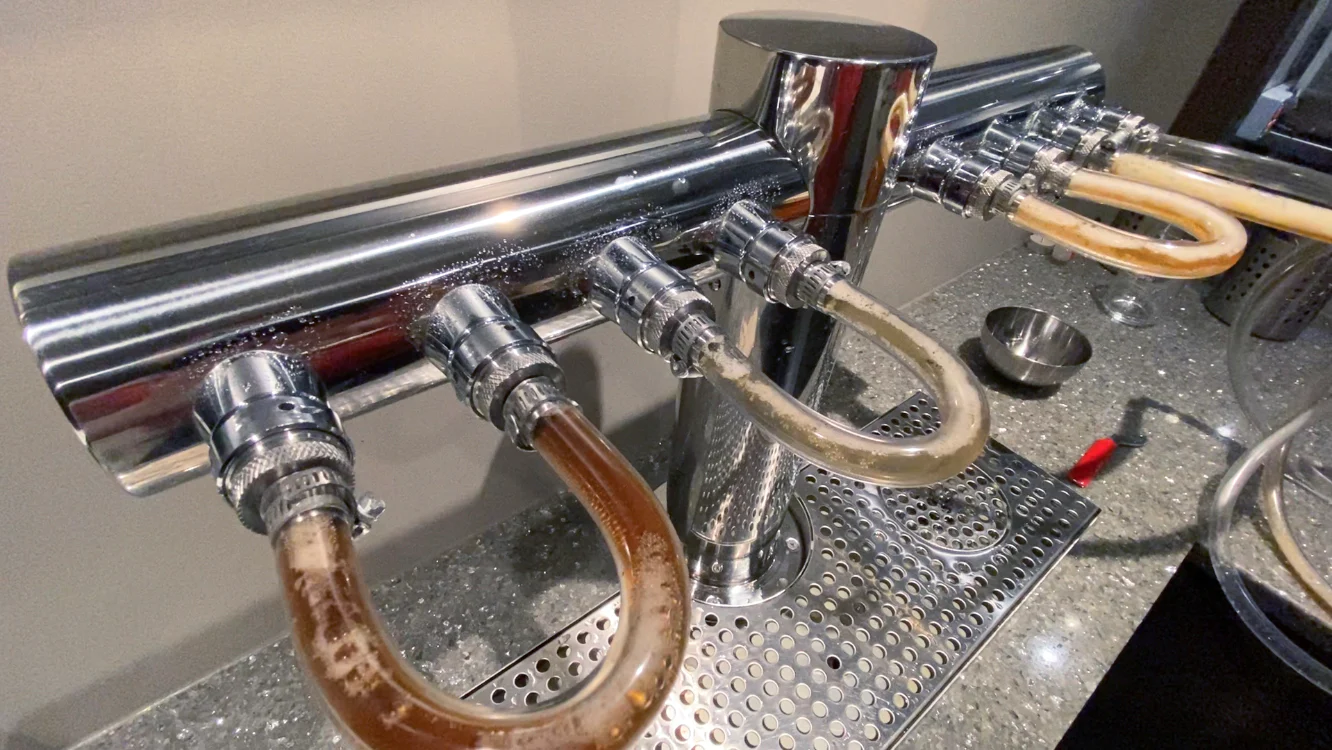
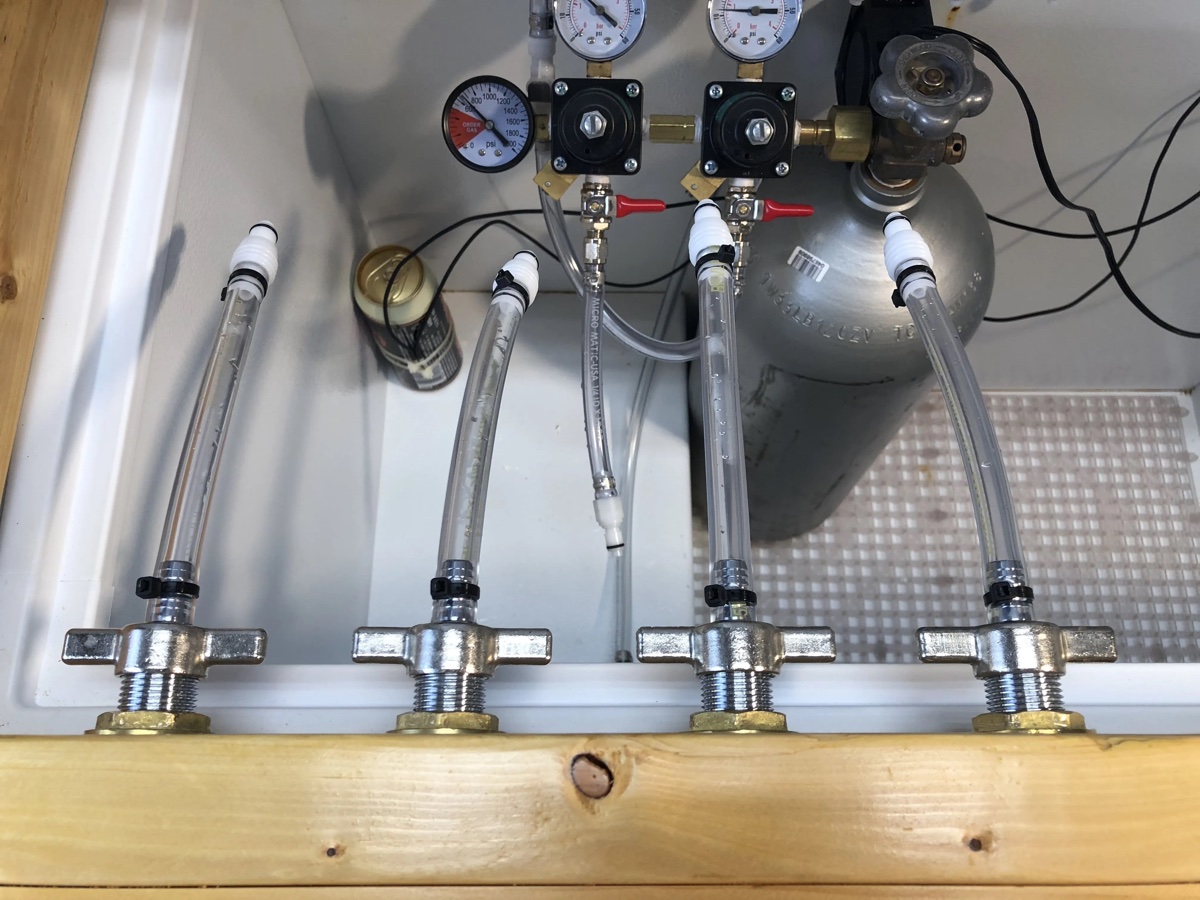
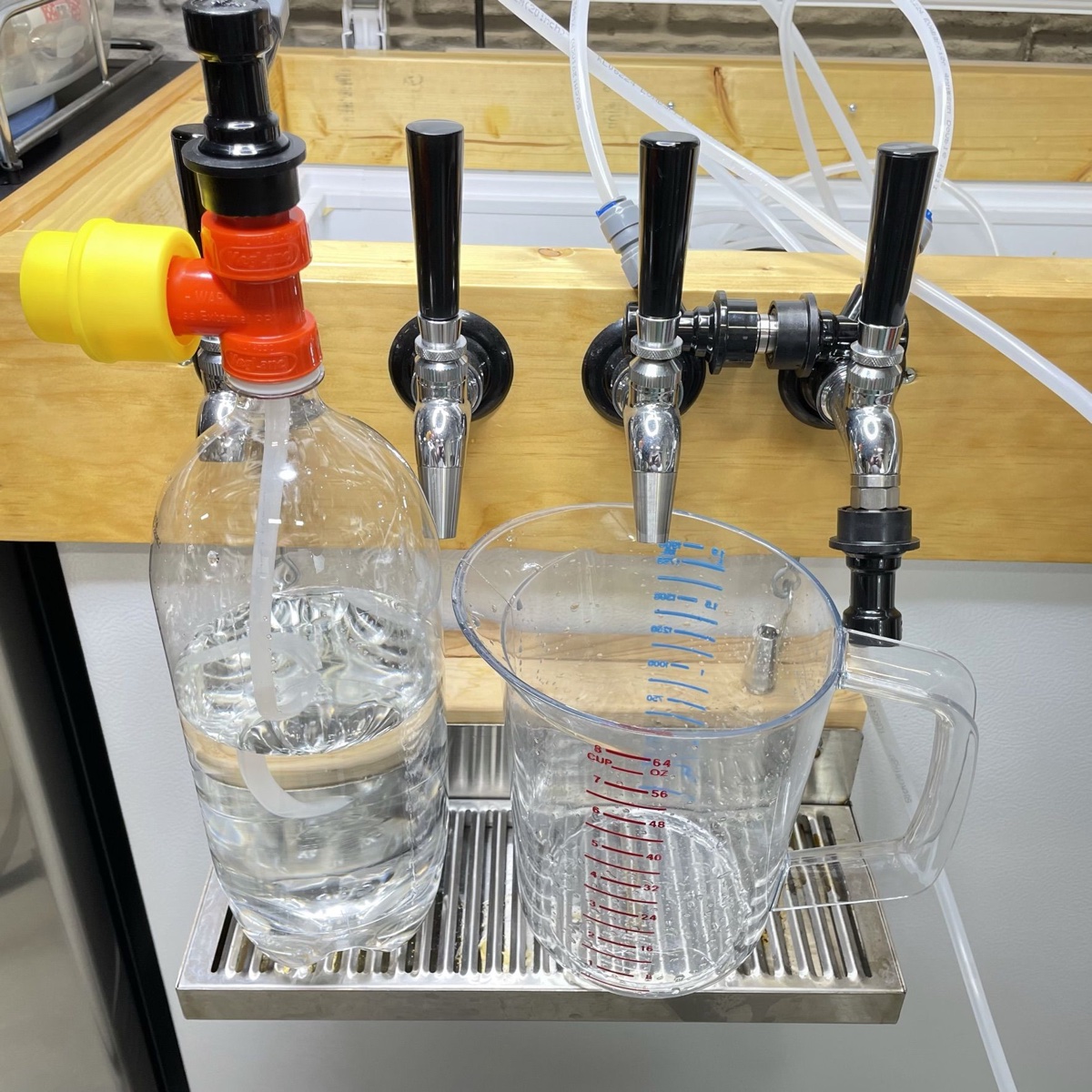
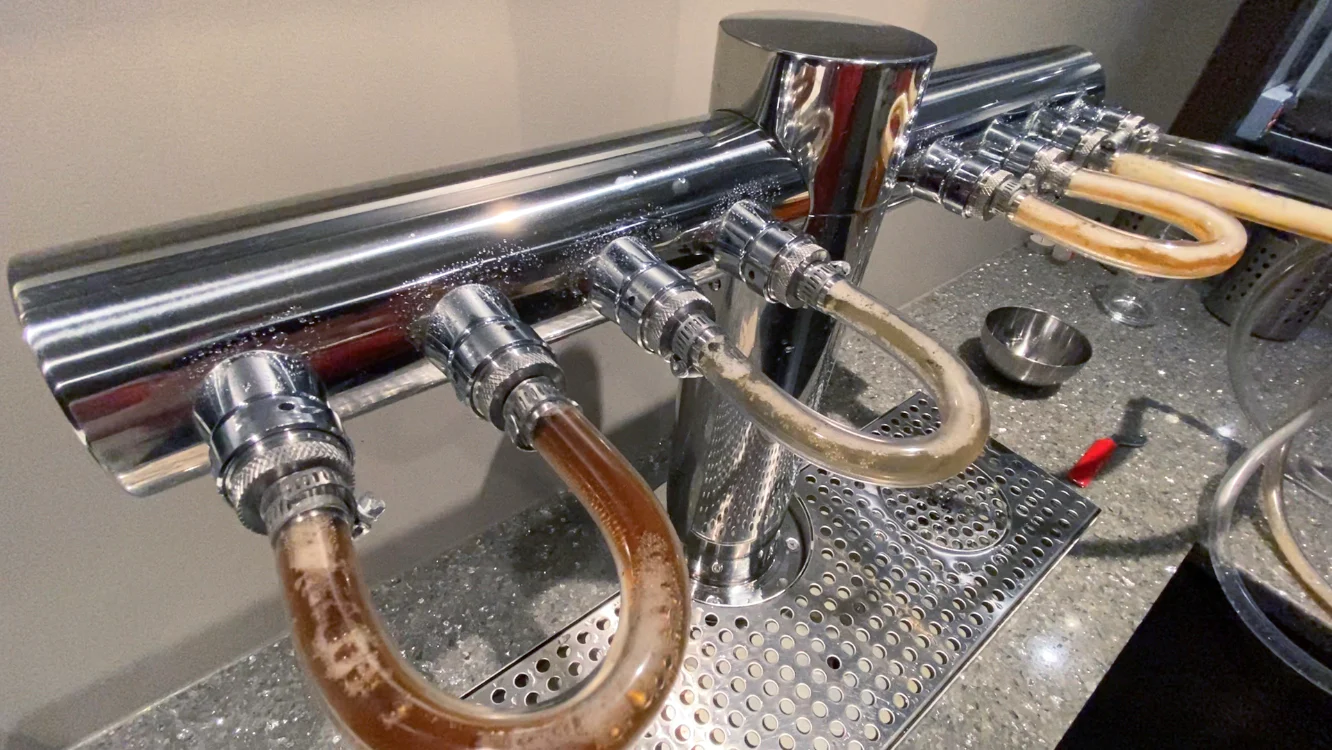
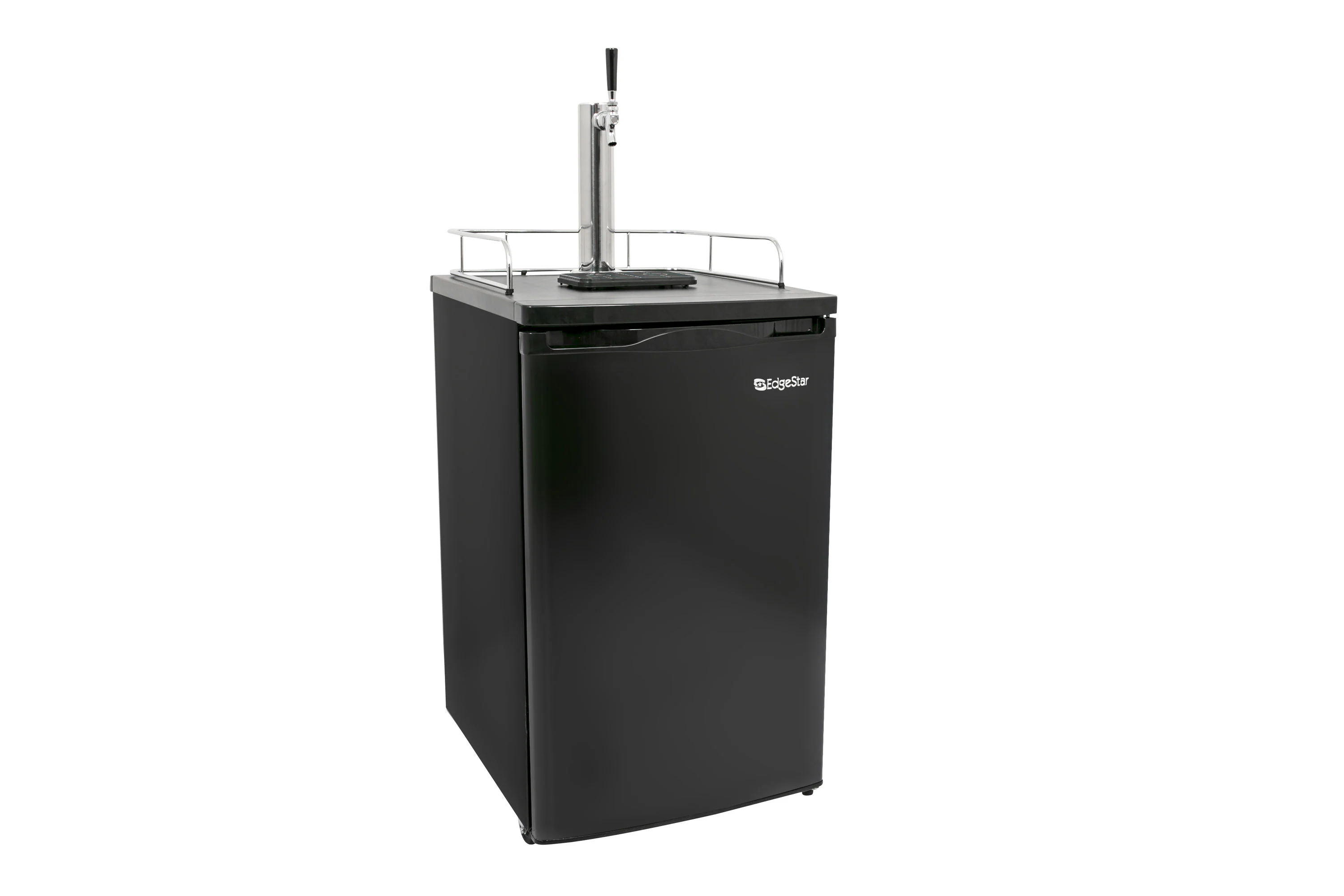
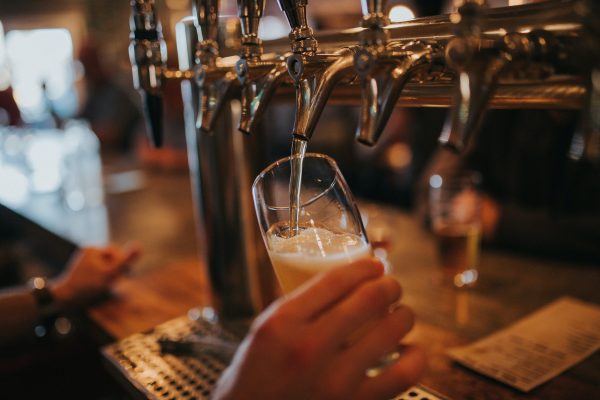
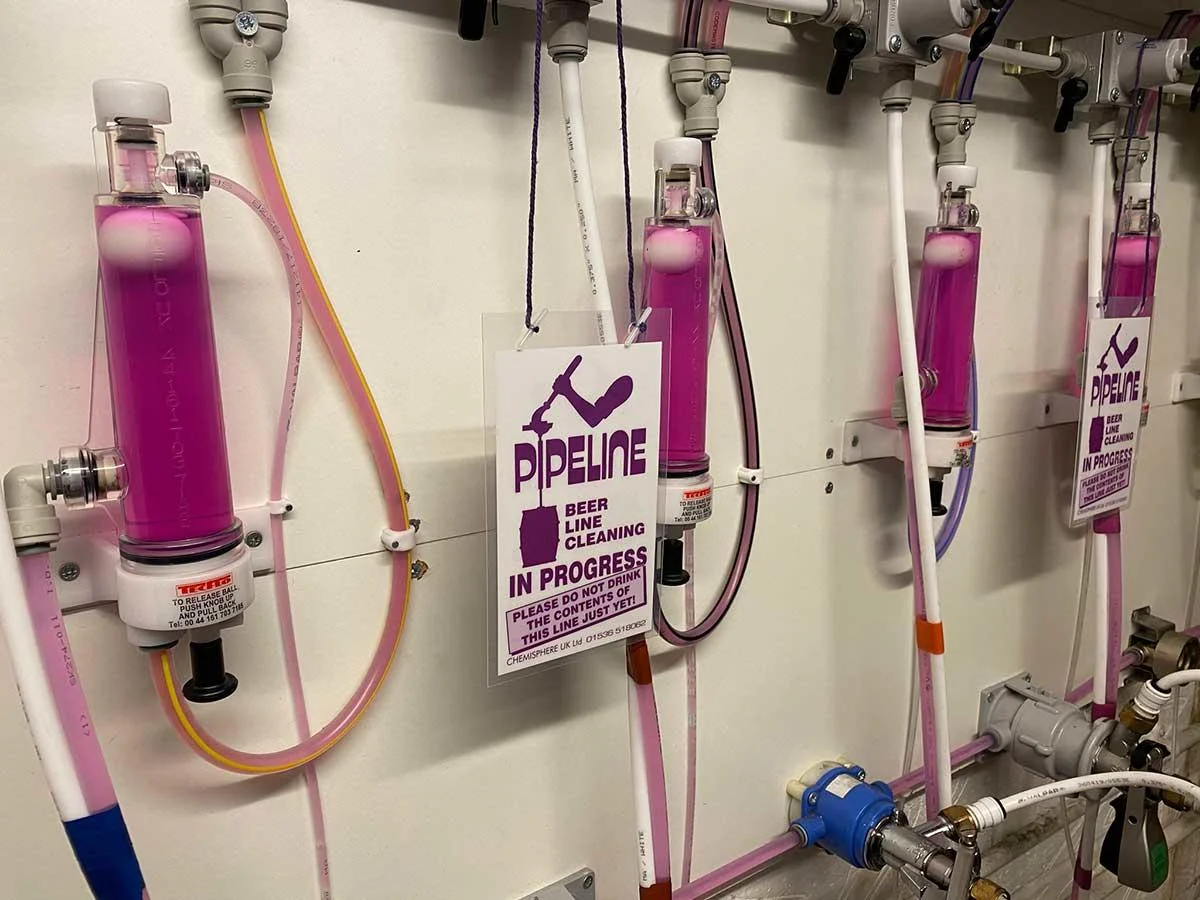
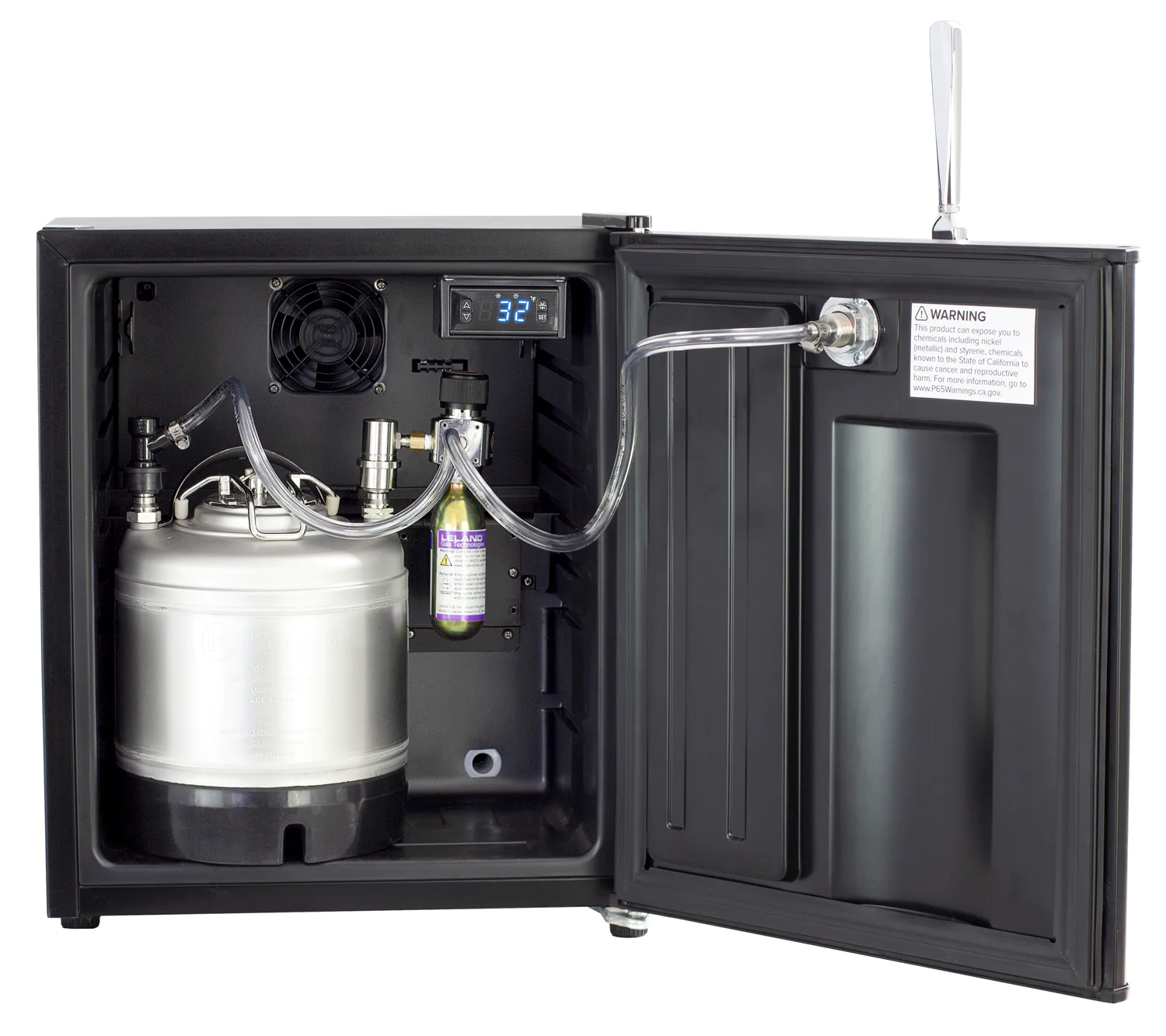
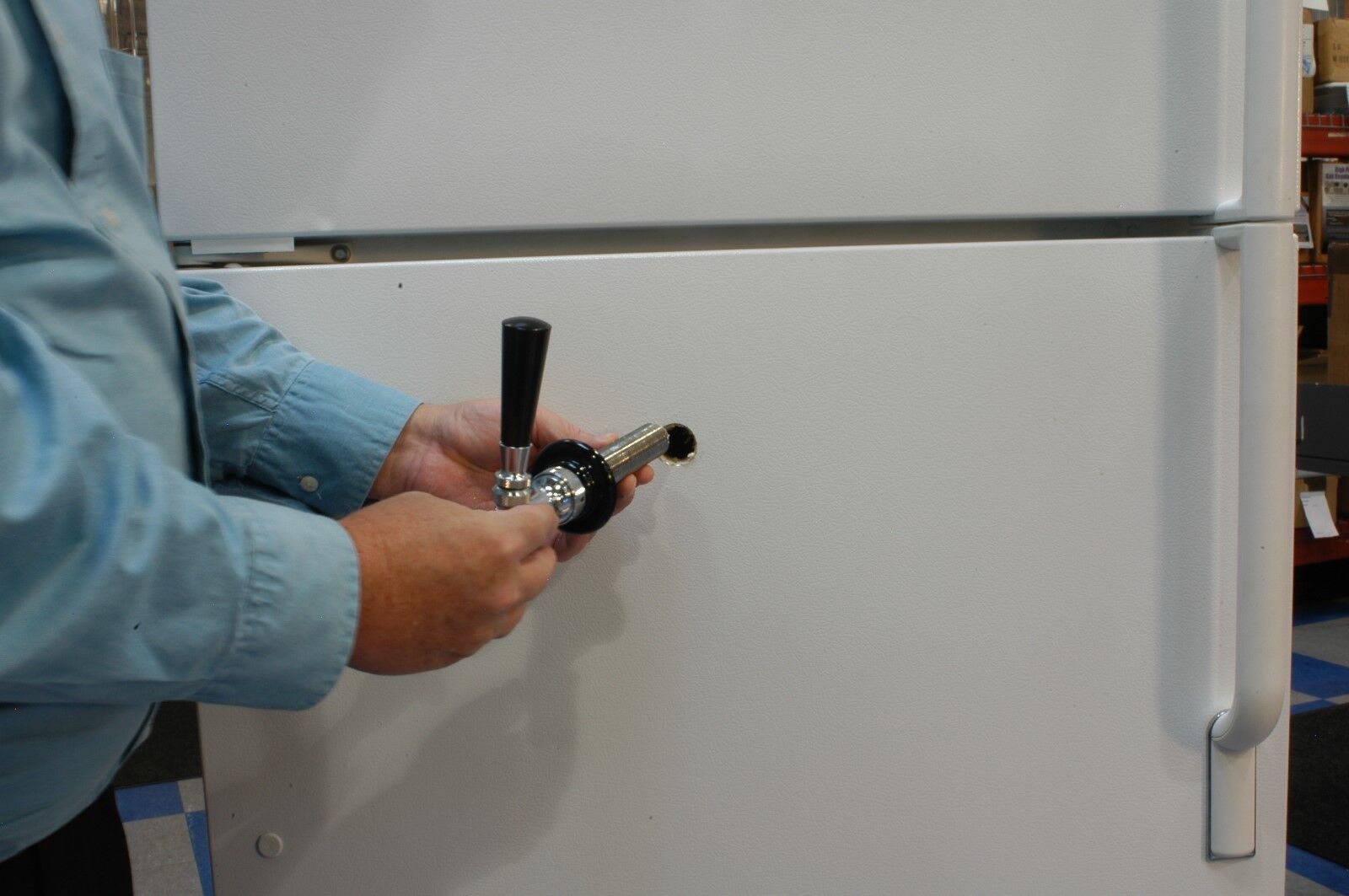
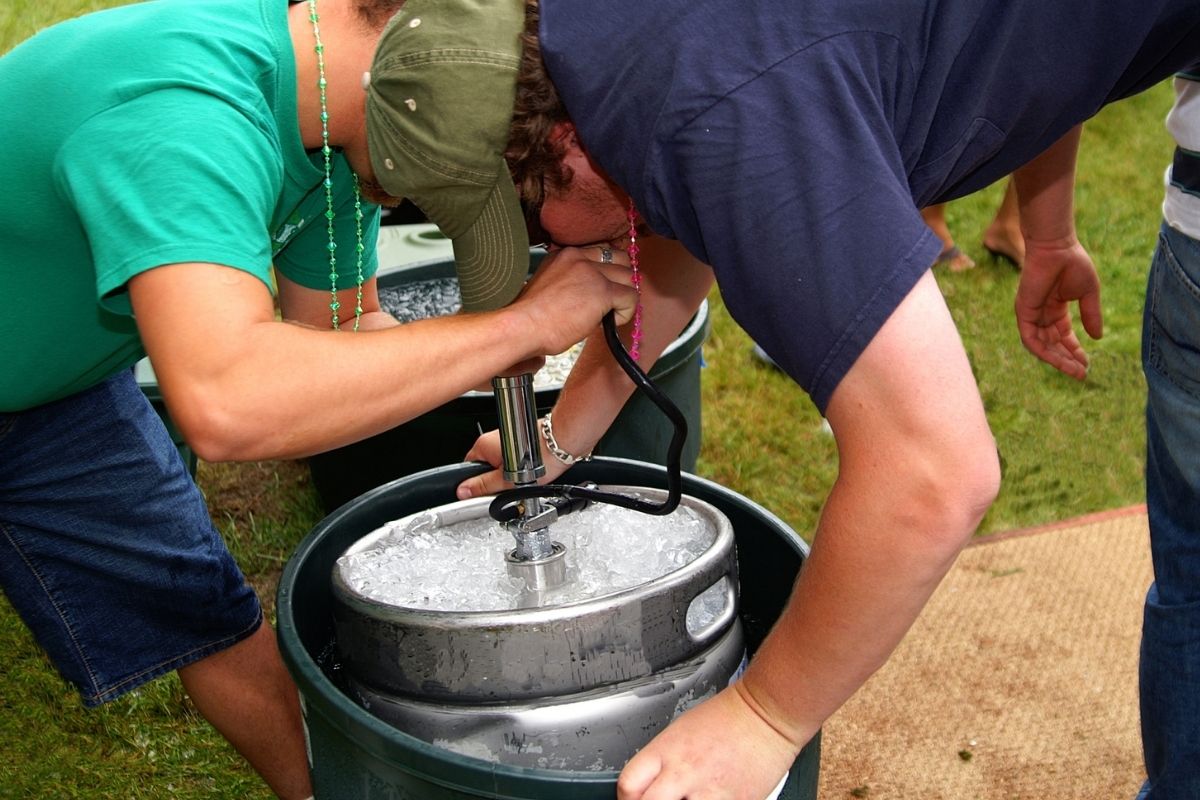
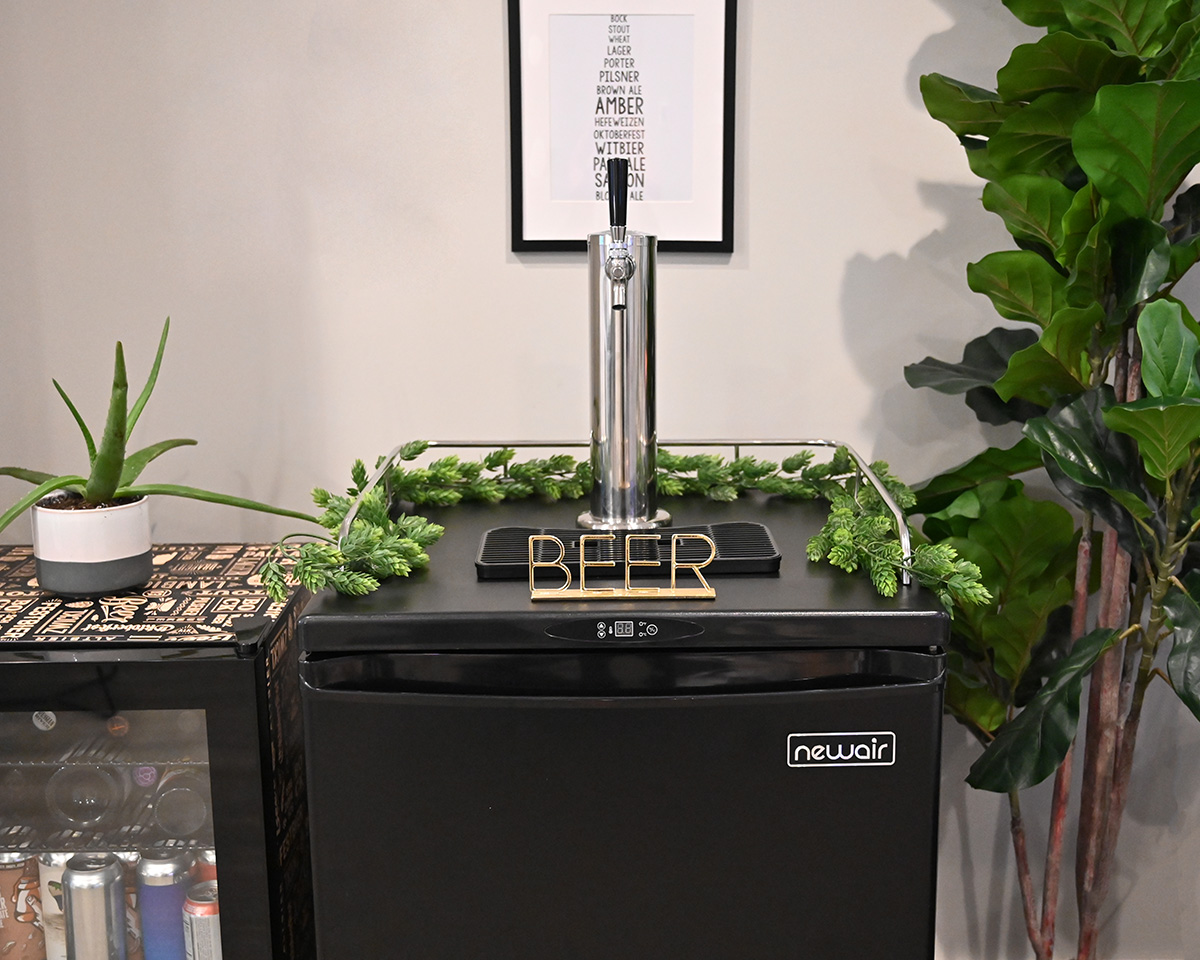
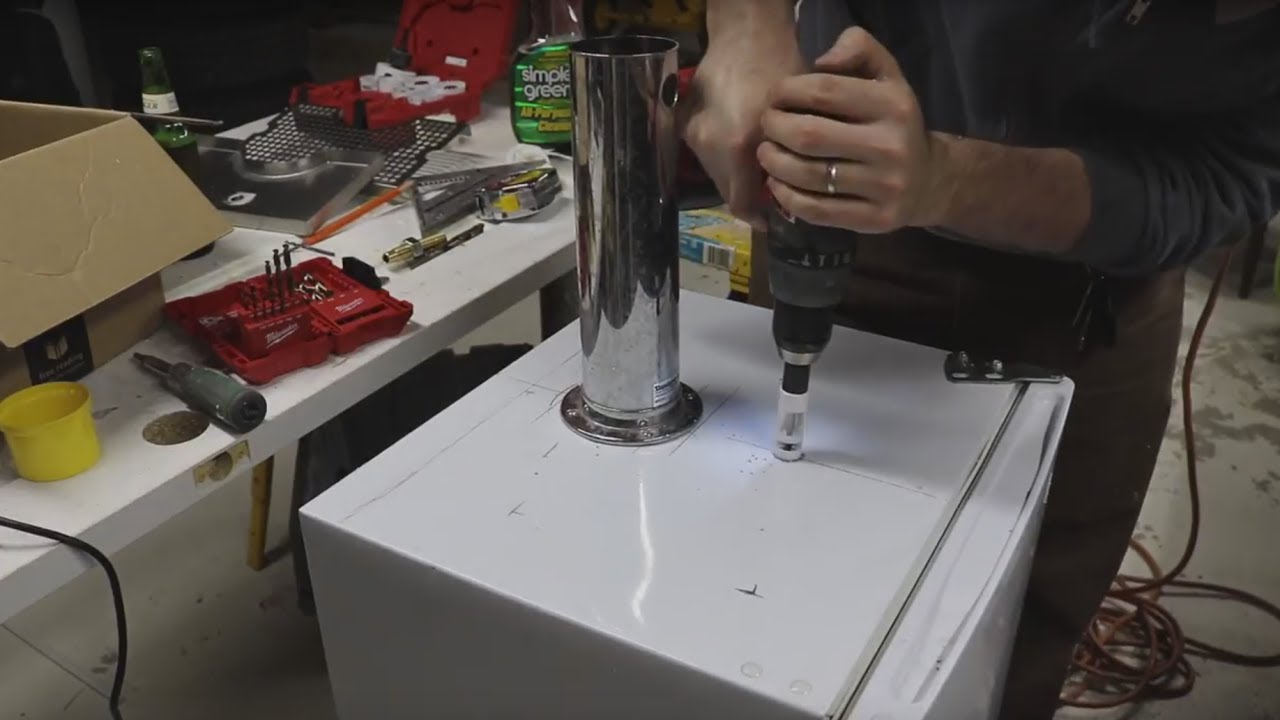

0 thoughts on “How Long Should A Beer Line Be For A Kegerator”